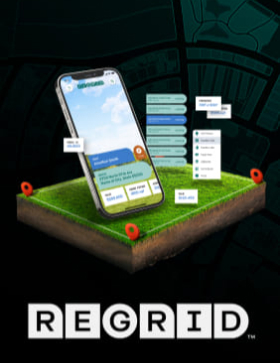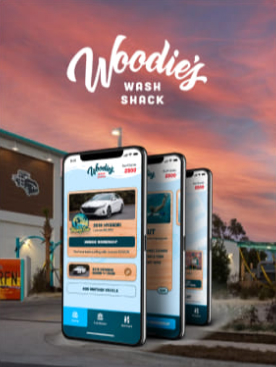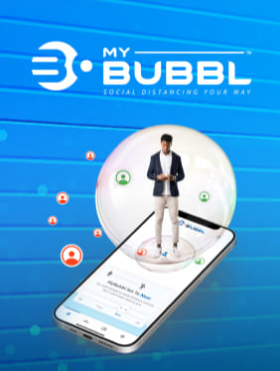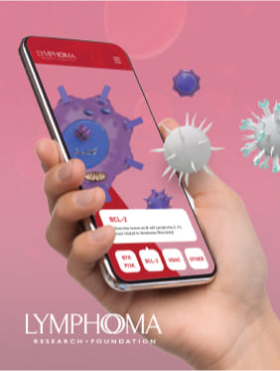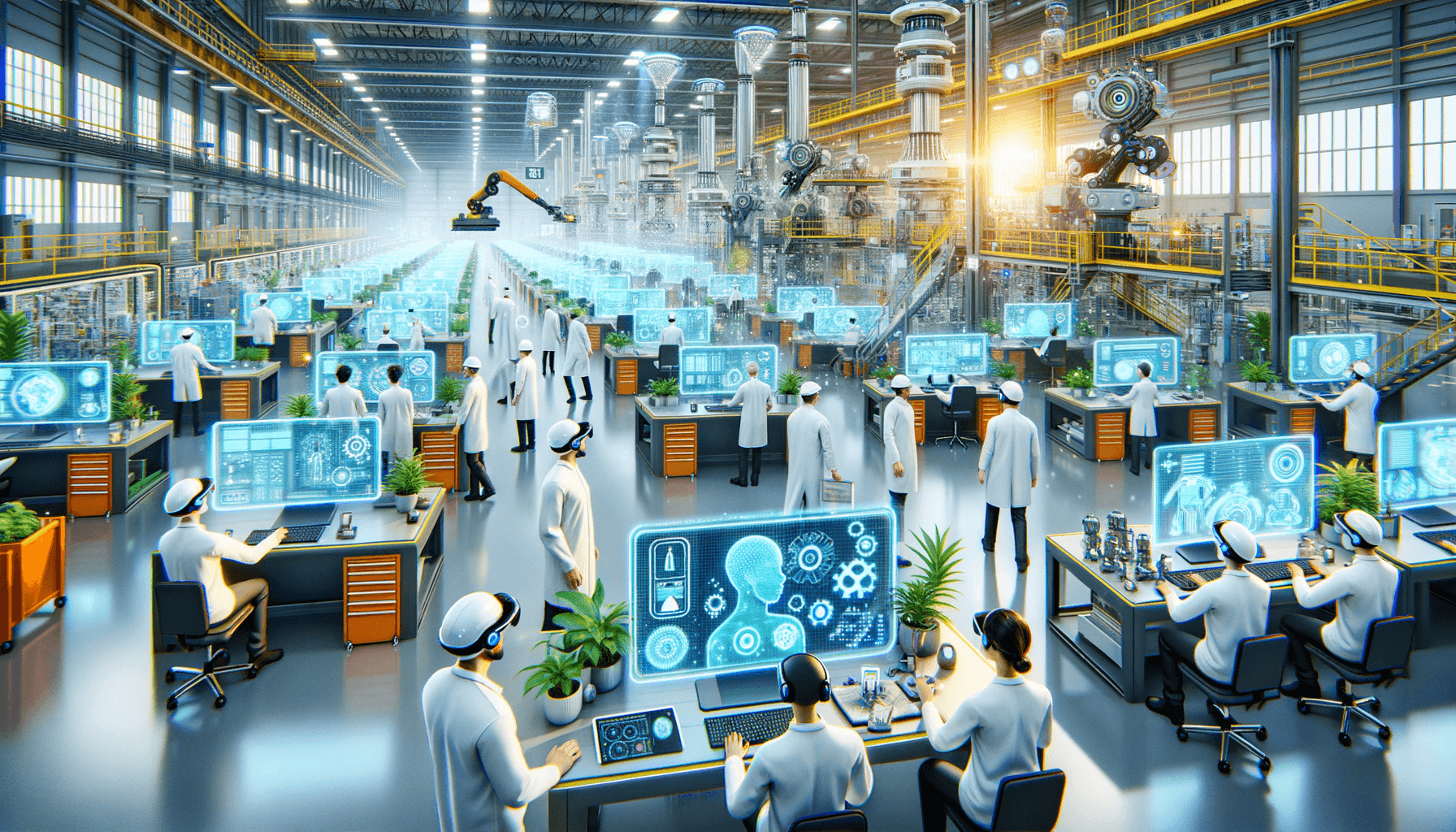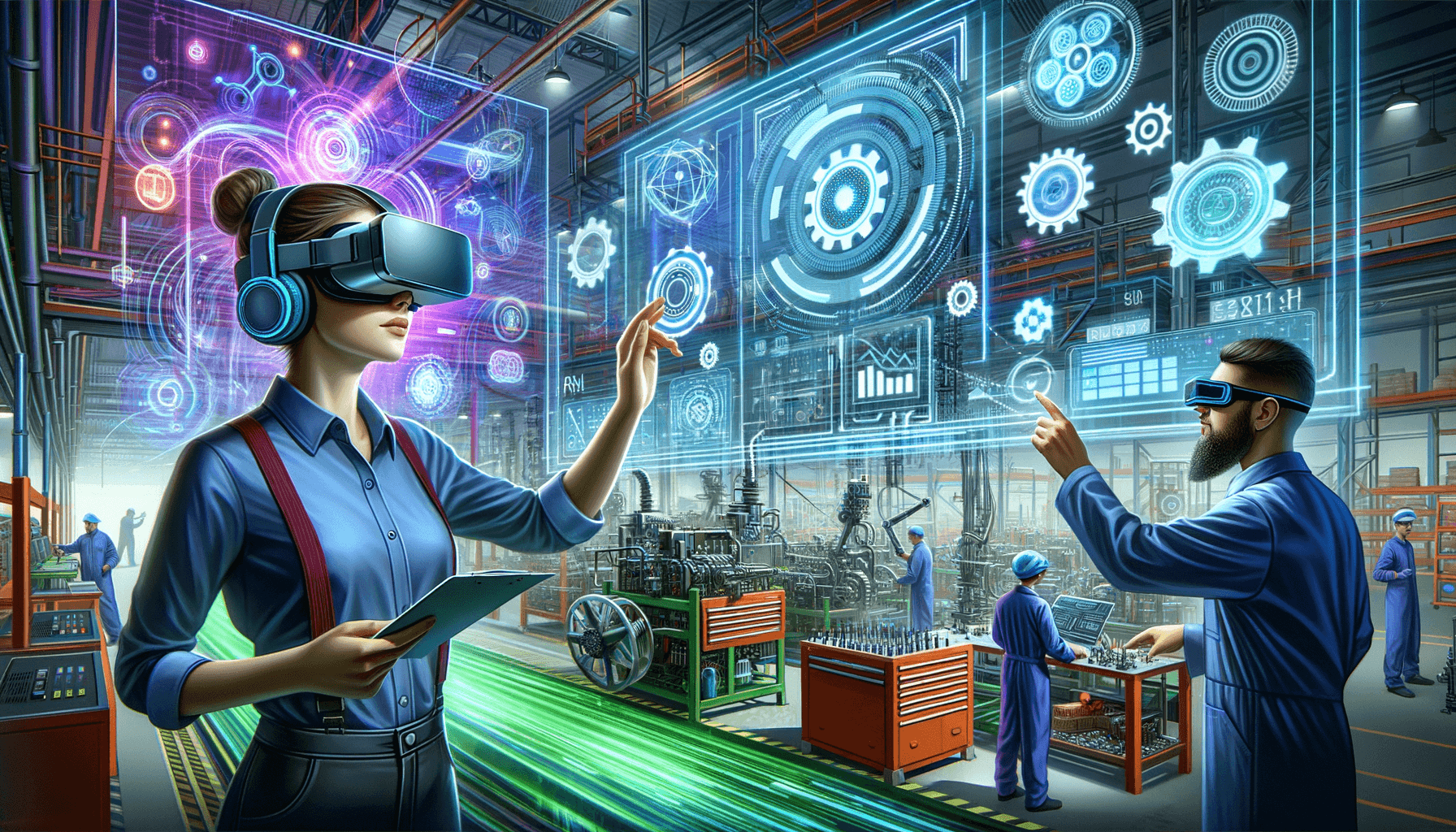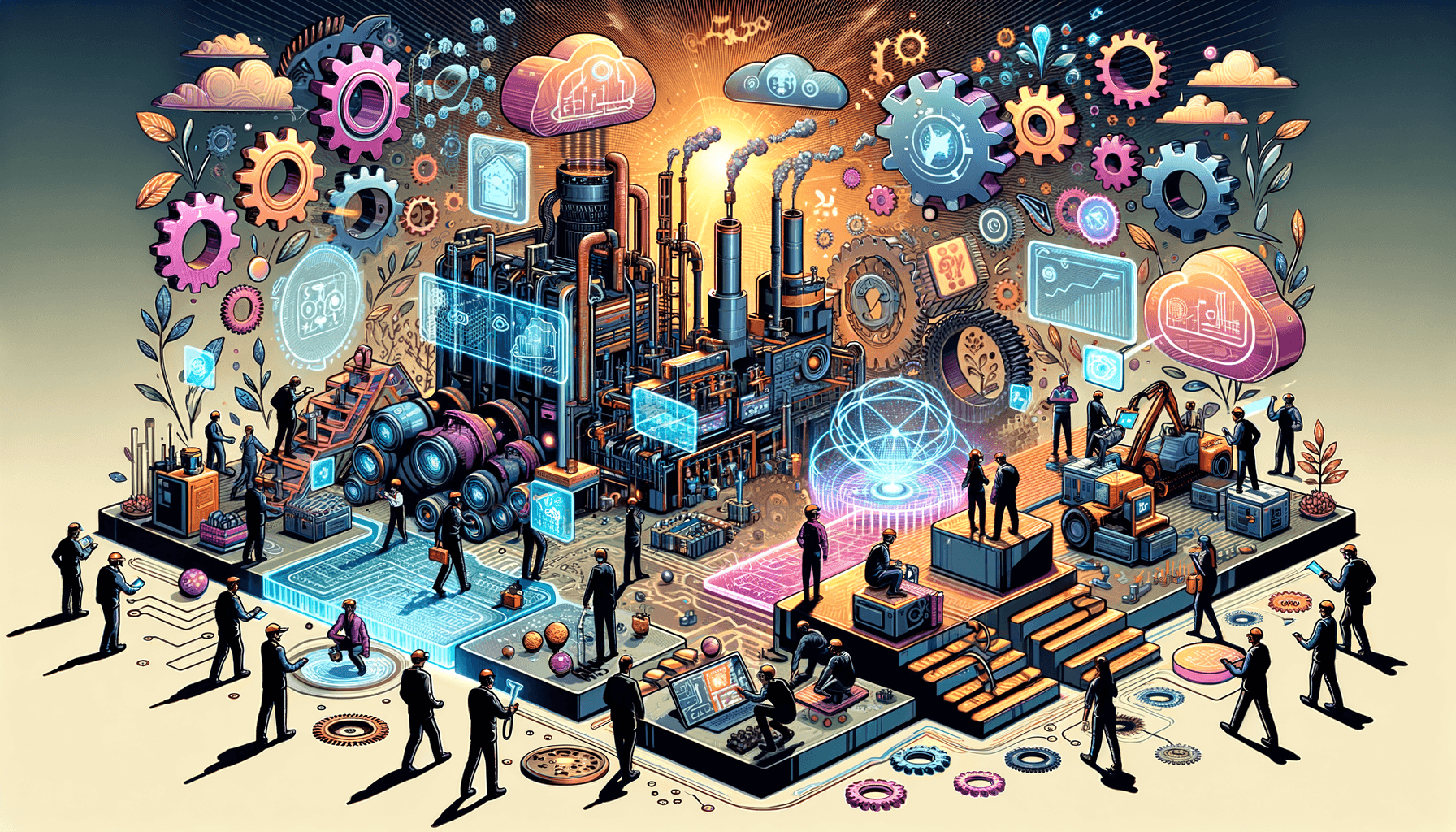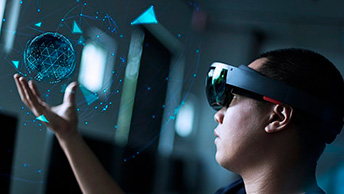
The HoloLens 2 is marketed as a mixed reality headset/smartglasses hybrid, designed first and foremost for “front line workers”. By utilizing hand gestures and/or voice commands, users gain access to useful info meant to boost efficiency and streamline the workflow process. Serving as a hands-free tool, the HoloLens 2 combines the real with the virtual and offers users the best of both worlds.
As more head mounted devices (HMD) such as HoloLens slowly make their way into our daily lives, the selling point for consumers and developers is going to be the difference in features. To our knowledge, Microsoft is one of very few companies to put out a second iteration of an HMD — and we at Gravity Jack wanted to know what improvements were made.
OVERVIEW
First released in 2019 and designed for professional use, the HoloLens 2 recently expanded into European and Asian markets, and was also made available to order online this last summer. Serving as a powerful, hands-free, tool across industries like medicine, manufacturing, and retail, the HoloLens 2 continues to redefine the immersive hardware market.
If we’re talking vocabulary, we could go on a long discussion arguing the definitions of “mixed reality” and “augmented reality”. Semantics aside, know that the HoloLens 2 works by creating and anchoring digital content onto the physical world. Users view this content as an information overlay designed to enhance their workplace environment. Picture this: an engineer working in manufacturing is called in to a repair scenario and uses the HoloLens to pull up relevant equipment information. Additionally, the app could even or overlay 3D icons and animations to provide the engineer with exact repair steps.
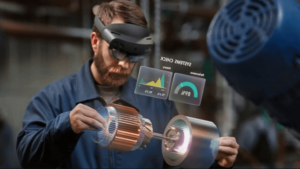
When using the HoloLens 2 to build the Orion spacecraft, Lockheed Martin reported that tasks requiring an 8-hour shift were reduced to under 45 minutes. Visualizing step-by-step instructions above a piece of complex machinery allows workers to receive intuitive, on-the-job training. Using Remote Assist, senior personnel can remotely view what the HoloLens wearer is seeing and offer further support to streamline the workflow process. By reducing errors and slashing time wasted, tasks are completed with efficiency and enable workers to operate uninhibited.
The HoloLens 2 also features Research Mode, designed for academic and industrial researchers to explore new possibilities within robotics and computer vision. For example, the IR and depth cameras can work in tandem to build accurate spatial maps of a room, which helps with accurate placement of digital content onto physical objects. This allows the HoloLens 2 to know where the user is within a room to trigger AR content as opposed to relying on a marker. These and other sensors relay a large amount of data back to researchers and are powerful companions to innovators around the world.
WHAT’S NEW?
As the second iteration of Microsoft’s headset line, the HoloLens 2 features a great deal of improvements over its predecessor. First up are practical upgrades: while resolution remains unchanged, the field of view has been increased from 34 degrees to 52. Tracing its origins back to 2010’s Kinect, the HoloLens 2 packs more powerful cameras which improve both hologram stability and object recognition, and by extension gesture command accuracy.
The previously discussed Research Mode also gained some new features: the Accelerometer, the Gyro, and the Magnetometer, all of which pertain to determining the user’s position and orientation in relation to their environment. We’ve already discussed Lockheed and the Orion spacecraft, so it’s within reason to expect possible use for these features in zero-g situations down the line.
Last but not least, the HoloLens 2 features ethernet ports for 5G support. While widespread adoption of the next-generation high speed network is still on the horizon, it’s comforting to see mobile hardware welcoming 5G with open arms.
SEE IT IN ACTION
In France, doctors and nurses at Avicenne Hospital are using both the HoloLens 2 and Microsoft’s Dynamics 365 Remote Assist to digitize the health care process. Using the headset, multiple medical professionals are jointly participating in consultations while also limiting the number of employees exposed to each patient. Furthermore, healthcare workers have easy access to virtual, 3D copies of patient records, thus eliminating the need to pass around physical charts and reducing the number of times a doctor or nurse needs to touch equipment. By minimizing exposure while maintaining efficiency, the HoloLens 2 helps protect practitioners and patients alike.
Here in the US, Case Western Reserve University is using the HoloLens 2 to redefine remote learning at its research institutions and medical schools. For the first time, all 185 first-year students from Case Western Reserve University’s School of Medicine are collaborating by combining the HoloLens 2 and HoloAnatomy, the university’s signature HoloAnatomy mixed reality software. With the power of immersive technology, students are able to receive hands-on education with subjects like biology and chemistry while still practicing social distancing.
From hammers to headsets, tools of the trade must adapt to whatever the workplace demands. Perhaps more relevant than before, the HoloLens 2 continues to see usage on the front lines due to new circumstances created by COVID-19. Although the HoloLens began with frontline professionals, the jump to everyday busy bodies will come sooner rather than later. New immersive hardware can only mean one thing: wilder AR experiences. We at Gravity Jack can’t wait to see what projects The HoloLens 2 will bring to life!

